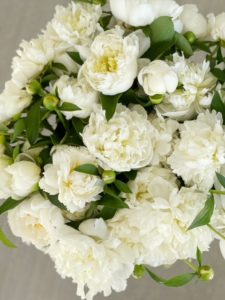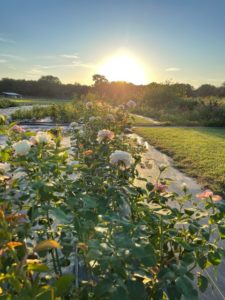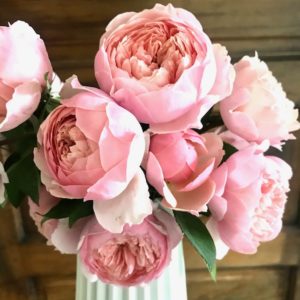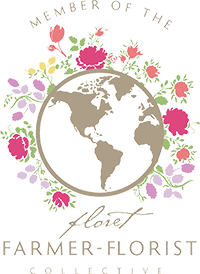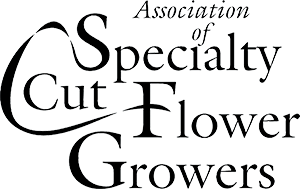While gardening in January looks different than other times of the year, there is still work to be done. What needs to be done?
- planning for the upcoming growing season
- researching (how about a book and resource list?!)
- gathering and cleaning supplies
- starting seeds
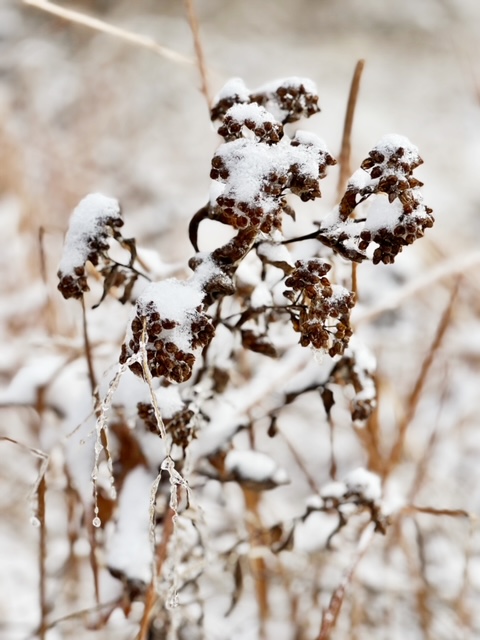
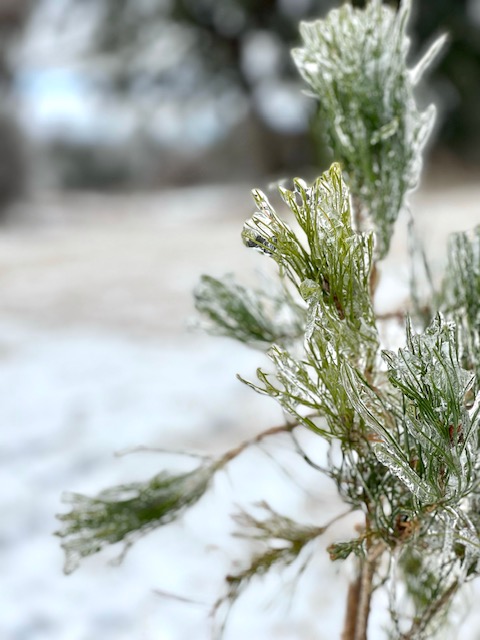
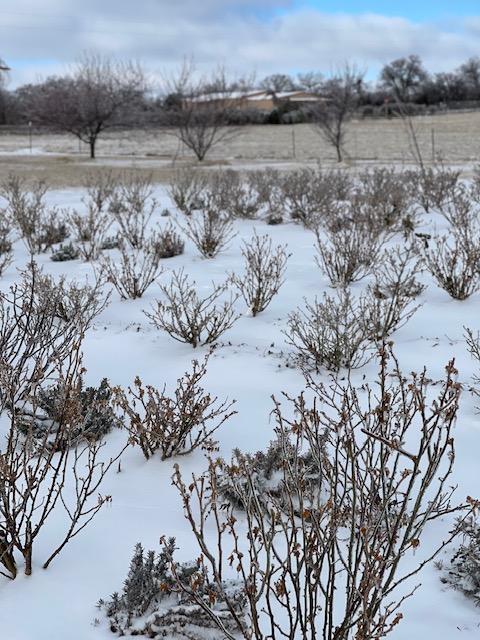
List of winter tasks:
First, there is much planning to be done in order to have a successful spring and summer. These can be for both home gardener and professional growers.
- Look at the previous season’s notes and pictures so that you can adjust accordingly. Growing flowers is just as much “growing” in knowledge and shifting as it is actual “growing” of flowers and plants.
- Develop a plan for both spring and summer. What flowers would you like to grow? What do you need to cut out of the line up?
- Order any extra seeds you missed as well as supplies such as new clippers, gloves, soil, seed trays, etc.
- Check on the flowers you’ve already planted and cover with frost cloth when temperatures drop below freezing. While anemones can take pretty cold temperatures, ranunculus MUST be covered when it drops below freezing. (Ask me how I know!) I’ve also learned the hard way that even some flowers that should be able to over winter fine will still need to be covered when cold temperatures persist. Crops like stock, cerinthe, snapdragons, statice and forget-me-nots likely need some protection. Extra sheets and blankets work ok, but the best cover is Agribon frost cloth, draped over wire hoops and clipped and/or weighted with bags. I typically use Ag-19, which is light protection. But after a few hard winters and devestating crop loss, I will also keep heavier Ag-50 on hand as well. The Ag-19 is usually plenty for additional crop protection under a growing tunnel. (But if you are only using Agribon without anyt extra coverage, go heavier.)
- For spring, what other flowers need to be started? You can read my fall planting guide here for a full list of flower, but there are many that I will sow again to plant very early spring. (And unfortunately replant things that were killed on hard winter years). Here are the main flowers that I may start in seed trays (or restart) during the winter:
- honeywort (cerinthe)
- Iceland poppies
- snapdragons
- stock
- statice
- scabiosa
- cress
- bupleurum
- sweet William and other dianthus
- forget-me-nots
- slow growing warm season annuals such as rudbeckia and eucalyptus
One of my favorite parts: researching!
I’m a total book nerd. I love collecting old gardening books from estate sales and used book stores (and if the cover is green even better!). I also love supporting current growers and researchers who have taken the time to write down and share their knowledge. While I could write a whole post just on the gardening books I love (and maybe I will soon!), I am going to narrow down my list to my favorites for garden and cut flower planning:
- Floret’s Cut Flower Garden is of course at the top of my list. I have taken Erin’s online growing course and it saved me so much time, shortening my learning curve (the field of growing, as well as running a flower farm, marketing, and arranging flowers is large!)
- Vegetables Love Flowers by Lisa Mason Ziegler is great if you have dabbled in growing vegetables and want to add flowers to your garden. I love the ecology of the garden and devoured this book.
- The Complete Gardener by Monty Don. If you are in to gardening, you must have a book from him. He is a wealth of knowledge and I love getting inspirtation from his books and shows.
- The New Organic Grower by Eliot Coleman. He is a professional in the industry and any book by him is helpful.

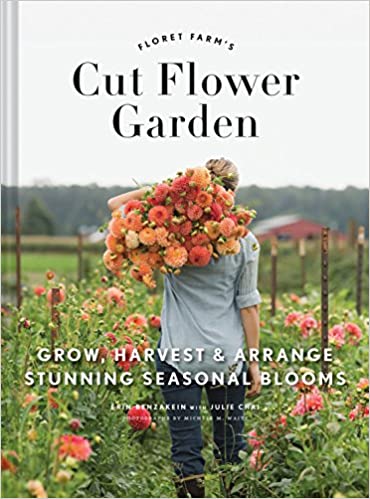

Follow along on Instagram to see what I’m doing in the garden daily. I’d love to hear what you are planning for the next season.
And a little word of encouragement: make your list and work hard, but remember that gardening is an always-changing thing and you may not get to everything on your list. I know I don’t! (If you want to check out my past to-do lists, check this out.)

